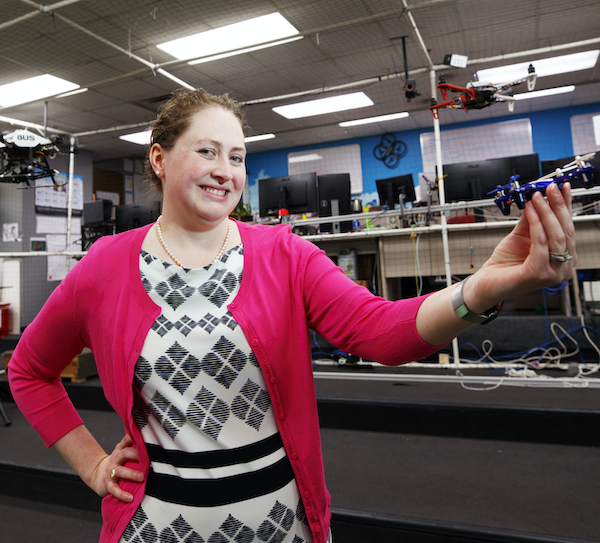Undergraduate Class, University of Nebraska-Lincoln, Department of Computer Science and Engineering, 2018
This course is a 3-credit lecture-based course with the primary assessments being in-class assignments, short individual presentations, and a semester-long group project. The group project is based on an idea formed by the groups themselves where each group is required to create an interface to solve a problem they identified (ranging from a replacement for the current clicker system to an app that helps keep track of your pet’s needs). Students learn the basics of human-computer interaction, including topics such as: input devices, web-based design, design principles and methodologies, and evaluation techniques. The group project has seven deliverables, leading to an assignment due roughly every two weeks and the assignments generally follow the lectures and smaller hands-on activities conducted in class. In class activities are designed to both elicit questions and demonstrate understanding prior to working with users. This course teaches the students how to identify a problem, elicit user constraints, prototype a solution to gain feedback, perform testing with the solution, and present the results.
